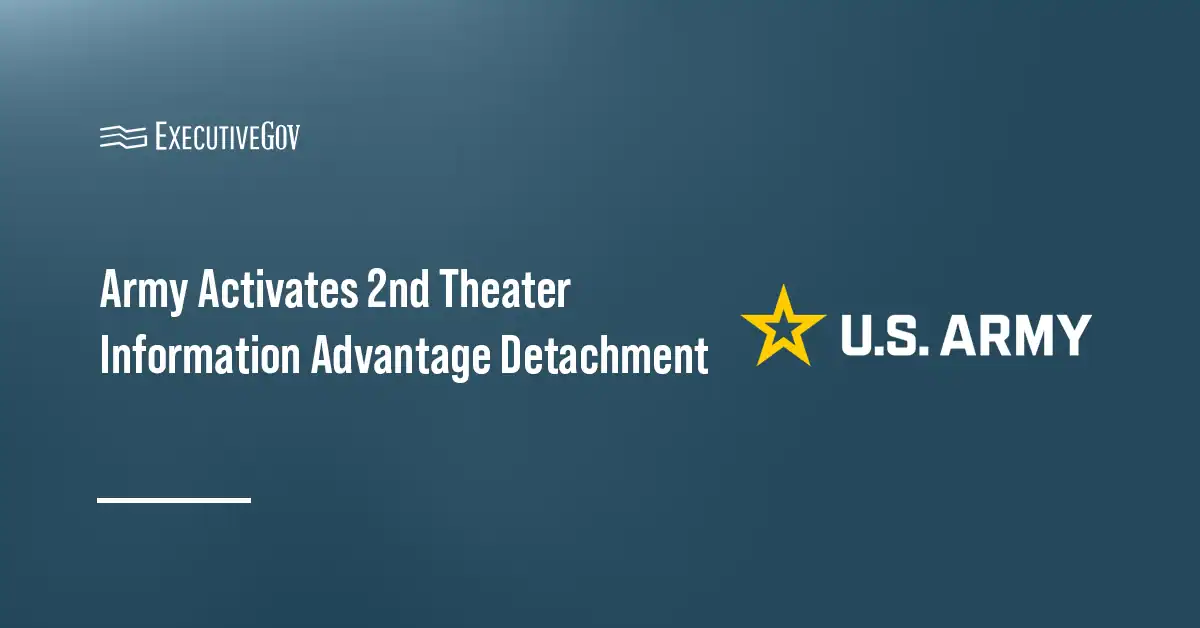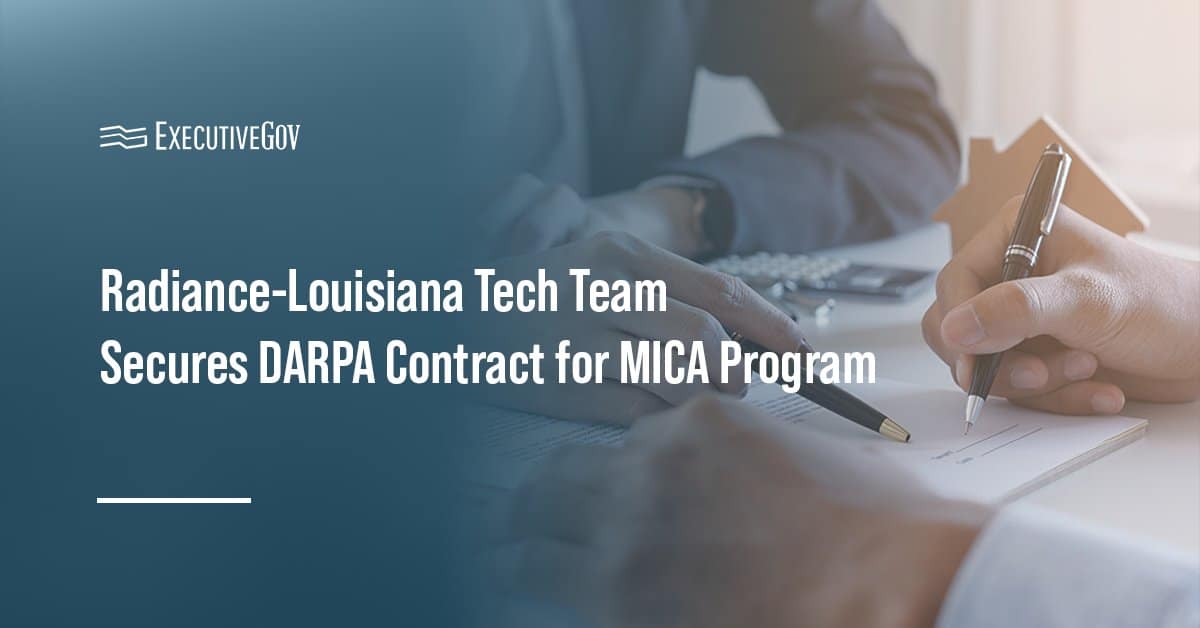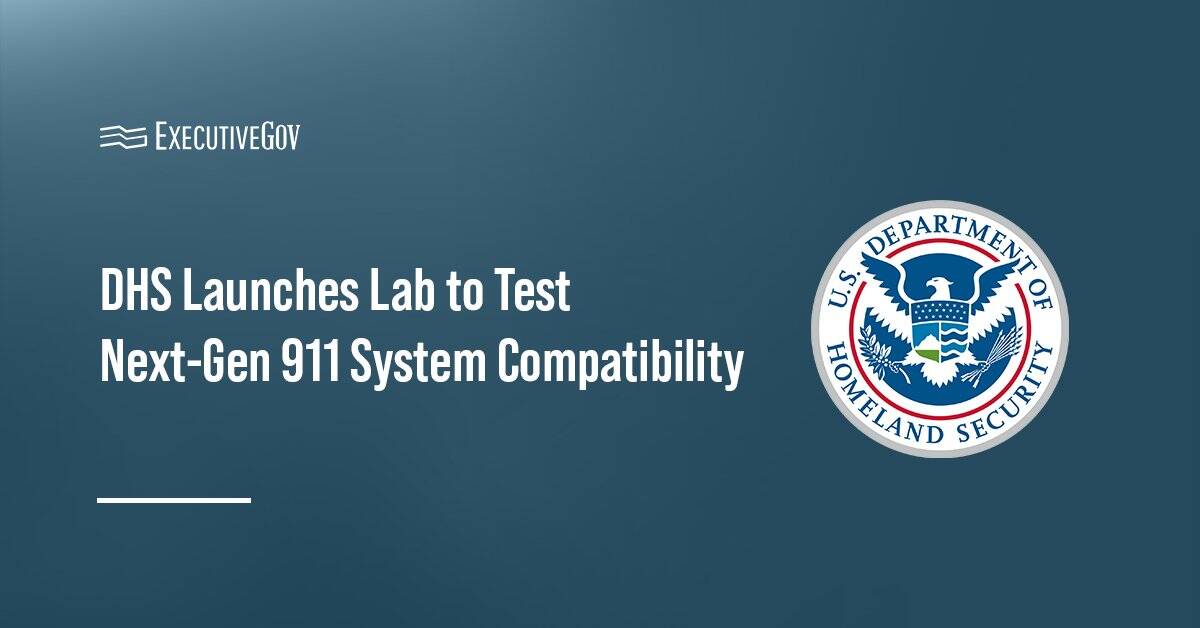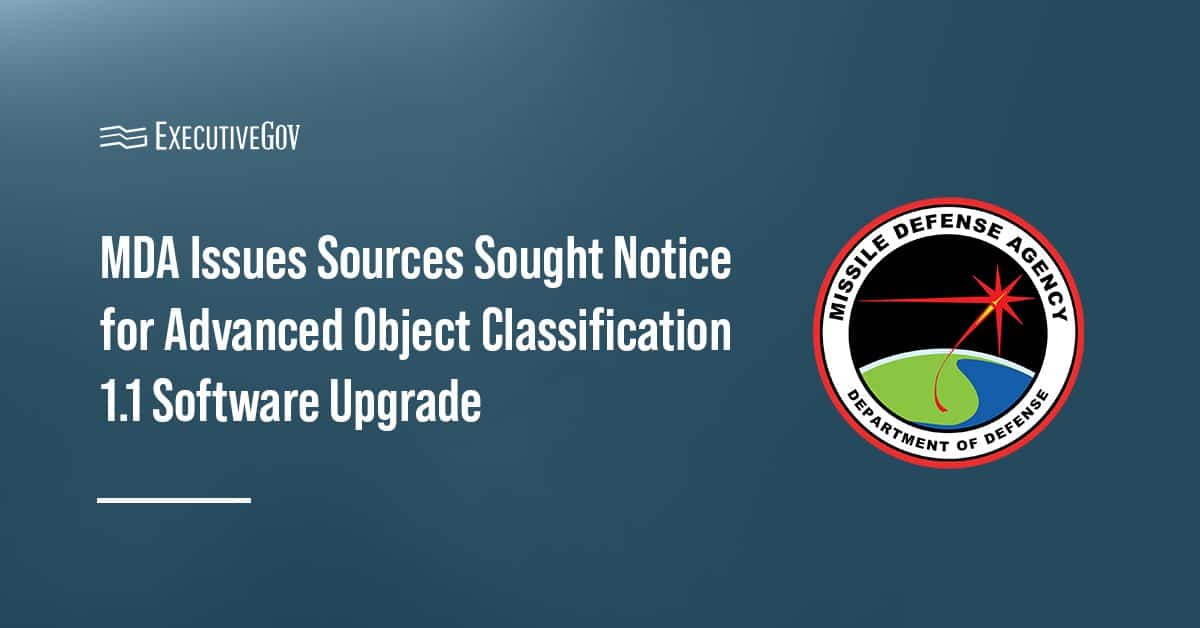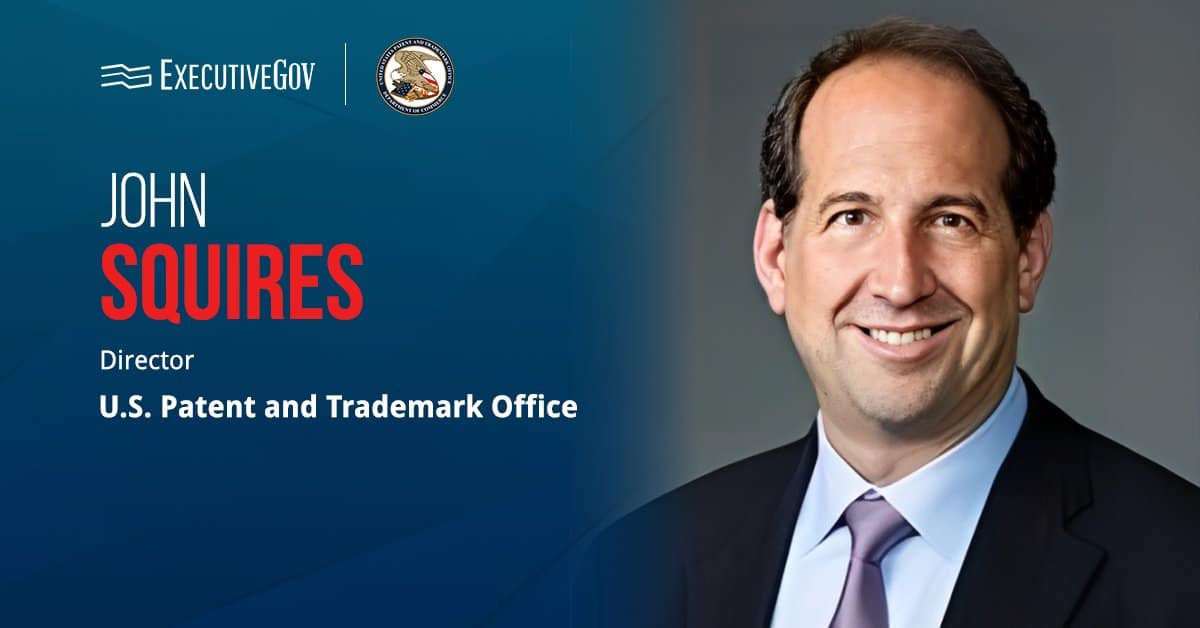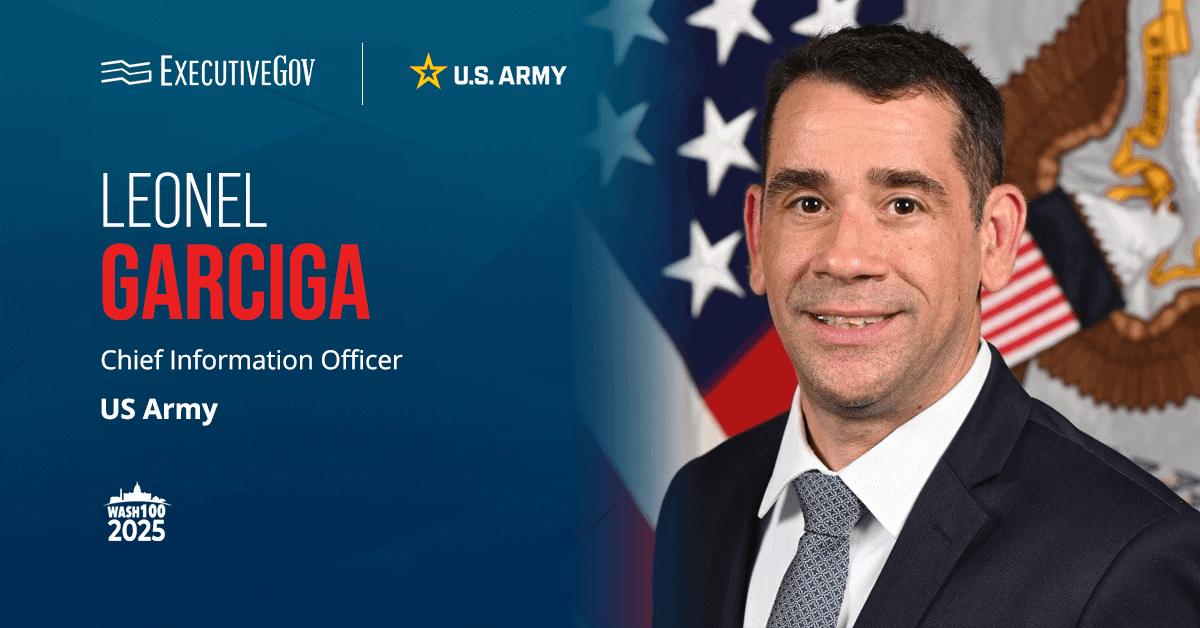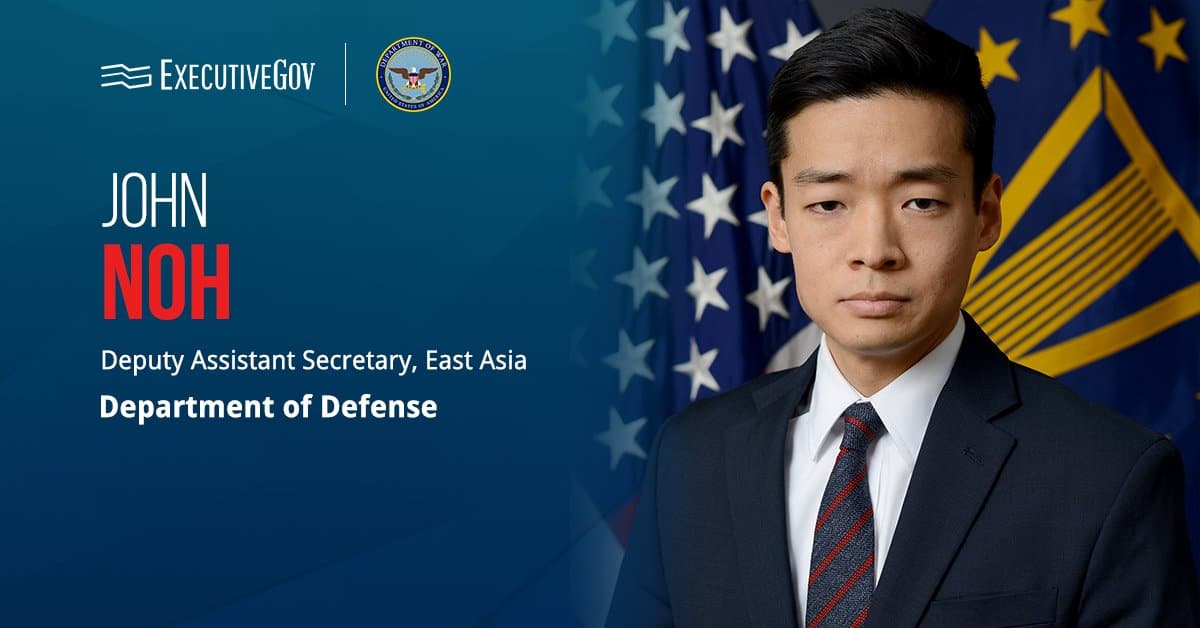The U.S. Army has activated the second Theater Information Advantage Detachment, or TIAD, as part of efforts to provide commanders with capabilities to support Army operations across the broader information environment, DVIDS reported.
The Army Cyber Command TIAD led by Col. John Agnello was activated during a ceremony held Friday at Fort Gordon in Georgia.
“This TIAD is built on the shoulders of soldiers who bring not only technical mastery, but the courage to challenge, the creativity to adapt, and the conviction to lead. I’m honored to command a team that doesn’t just execute the mission; they embody it. They are the Army’s advantage in the information fight, and a key reason we’re positioned to succeed,” said Agnello, the second TIAD commander.
ARCYBER TIAD
The ARCYBER TIAD is one of three planned detachments tailored to three geographic commands: Indo-Pacific, Europe and ARCYBER itself. Each TIAD integrates into a unified team several disciplines, including cyber operations, electronic warfare, civil affairs, psychological operations and public affairs.
In October 2024, the Army first announced plans to establish three detachments to counter information adversaries.
The ARCYBER TIAD achieved initial operating capability with its activation. The unit will continue to refine its integration across information, cyber and influence disciplines as it advances toward full operating capability.
“Today, with the activation of this TIAD, we carry that legacy forward—into the information domain, where influence is decisive and truth must be defended. This is not just a new unit; it’s the next chapter in how the Army fights and wins,” said Lt. Gen. Maria Barrett, commander of ARCYBER.


